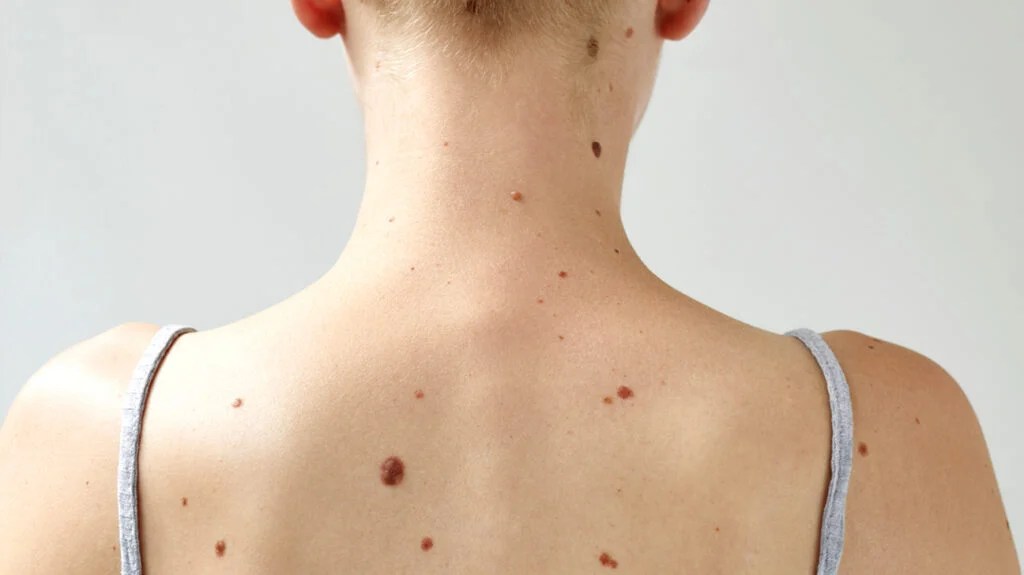Skin lesions come in various forms, including warts, moles, skin tags, and more serious conditions like basal cell carcinoma or melanoma. The choice of treatment depends on the type, size, and location of the lesion, as well as individual patient factors. Here’s an overview of the top treatments for Skin Lesion Removal in Dubai:
Excisional Surgery
Excisional surgery is a common method for removing larger or deeper lesions, including those that may be cancerous. The procedure begins with local anesthesia to numb the area. The surgeon then cuts out the lesion along with a margin of healthy skin to ensure complete removal. The wound is closed with stitches, and the removed tissue is sent for pathological examination. Excisional surgery is effective for various types of lesions, including melanoma and other skin cancers.
Cryotherapy
Cryotherapy involves freezing the lesion with liquid nitrogen. This method is particularly effective for treating superficial lesions like warts, skin tags, and precancerous spots. During the procedure, liquid nitrogen is applied directly to the lesion, causing it to freeze and eventually fall off. Cryotherapy typically requires multiple sessions and can cause temporary redness and blistering. It is a relatively quick and minimally invasive treatment with a short recovery time.
/assets/production/practices/d653ac53babbe2eb7cf2a131615debda4d1a6738/images/2583264.png)
Electrosurgery
Electrosurgery uses high-frequency electrical currents to remove or destroy skin lesions. This technique is well-suited for smaller growths, such as warts and some benign tumors. The procedure involves numbing the area with local anesthesia and then using an electrically charged wire to cut through or burn off the lesion. Electrosurgery offers precision and can also cauterize the wound to minimize bleeding. Recovery is usually straightforward, with minimal downtime.
Laser Therapy
Laser therapy employs focused light beams to target and treat specific lesions. This technique is effective for various types of pigmented and vascular lesions, including age spots, sunspots, and spider veins. During the procedure, a laser is directed at the lesion, causing it to break down or be absorbed by the body. Laser therapy is precise and minimizes damage to surrounding tissue. Post-treatment, the area may be red and swollen, but it typically heals within a few weeks with proper care.
Mohs Micrographic Surgery
Mohs micrographic surgery is a specialized technique used primarily for removing skin cancers. It involves the step-by-step removal of cancerous tissue and immediate examination under a microscope to ensure complete removal. The process continues until no cancerous cells are detected. This method is highly effective for cancers on the face, ears, and other areas where preserving healthy tissue is important. Recovery time can vary based on the extent of the surgery and the individual’s healing process.
Topical Treatments
Topical treatments involve applying medications directly to the skin lesion. These treatments are often used for precancerous lesions or superficial skin cancers. Common topical agents include 5-fluorouracil (5-FU) and imiquimod. These treatments work by either destroying abnormal cells or stimulating the immune system to fight the abnormal cells. Topical treatments usually require several weeks of application and are often used for lesions that are not suitable for surgical removal.
Radiofrequency Ablation
Radiofrequency ablation (RFA) uses radio waves to heat and destroy abnormal tissue. This method is suitable for various types of lesions, including warts and some benign tumors. During the procedure, a local anesthetic is applied, and a radiofrequency electrode is used to target and destroy the lesion. RFA is minimally invasive and provides precise control over the treatment area. Recovery is generally quick, with minimal scarring.
Chemical Peels
Chemical peels involve applying a chemical solution to the skin, which causes the outer layers to peel away, revealing new skin underneath. This method is effective for treating certain types of precancerous lesions and superficial skin cancers. Chemical peels can also improve the appearance of sun-damaged or aged skin. After the procedure, the treated area will be red and may scab or peel over the following weeks.
Conclusion
The choice of treatment for skin lesion removal depends on several factors, including the type and location of the lesion, as well as individual patient considerations. Consulting with a dermatologist or a specialized surgeon is essential to determine the most appropriate treatment option for your specific needs. Each method has its benefits and potential risks, and understanding these will help in achieving the best outcome for healthy, clear skin.





Comments